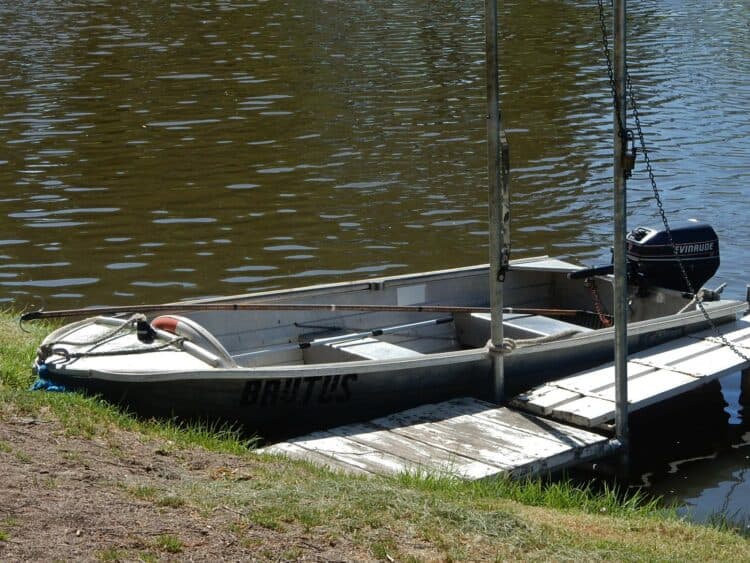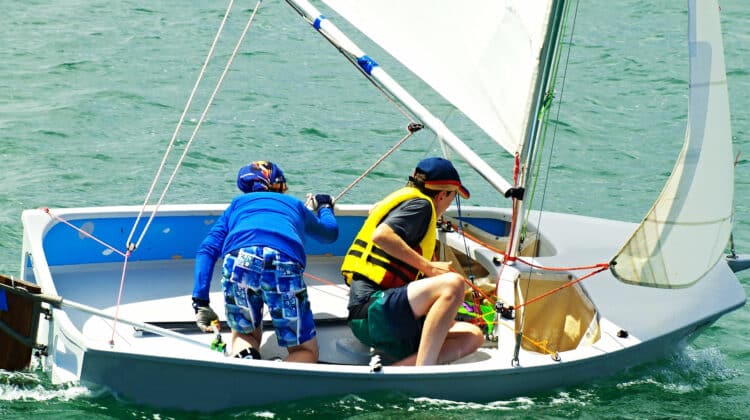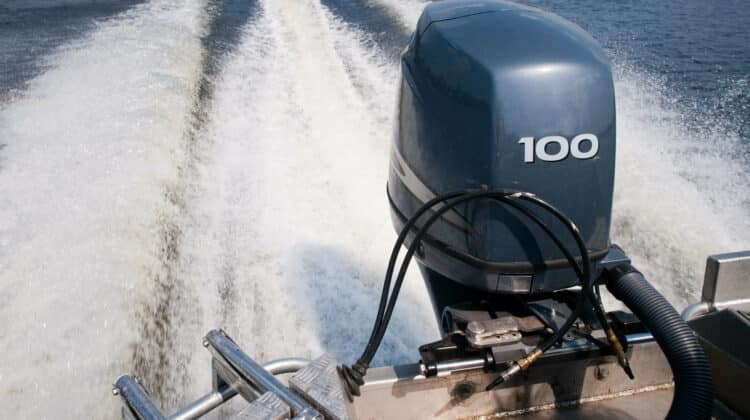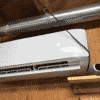
Dinghies are excellent water vessels for transportation rather than for water sports like racing. That is why efficacy and steadiness shadow speed when hunting for an outboard motor.
Here are the right steps to take when picking the perfect size outboard motor for your vessel;
Table of Contents
What are your horsepower needs?
Horsepower is everyone’s biggest concern. And almost everyone will go for the most horsepower t could afford to get.
However, that is not the case when it comes to dinghies. You can refer to your capacity plate to know the most horsepower your watercraft can handle. And any outboard within the confines of those limits is alright.
If you have a v-bottom boat or an aluminum johnboat, then the outboard motor for you should have a horsepower of not more than 20. For instance, let us say that your dinghy has a horsepower capacity of 20.
That is the ideal horsepower for any dinghy. However, that does not mean that you should settle for an outboard motor with the same horsepower as the capacity.
Instead, you can find the suitable horsepower for your vessel by calculating the mid-range of the capacity and 2.5 hp. The value in the middle is what we are looking for with this exercise.
Now that we assume the rated capacity is 20hp, then the mid-range for that dinghy is 11.25hp. You can then round the value to the nearest horsepower size because it is impossible to find a motor with an 11.25hp. In this case, the perfect horsepower size is either 10hp or 15hp.
The weight limit of your vessel
The weight that your dinghy can comfortably hold is the motor’s weight and yours. You can refer to the capacity plate for the weight limit of the outboard motor you can put in your watercraft.
There are numerous ways you can find out the weight limit of your motor from the capacity plate.
First, you will see the number of people you can carry in your dinghy in clear large letters and numbers. But that is not the weight limit for your watercraft.
The total weight limit is the one below that, and it lists the number of pounds for people, gear, and motors. But that’s not all. Now subtract your weight, the maximum load of the cargo you typically carry, and the load of passengers you transport.
The value that remains is the total weight limit for your outboard motor.
The transom height
The transom height of your dinghy is the total height you get by measuring the center of the hull from top to bottom. You can find this at the back of your vessel.
You will need to mount the outboard motor on top of the transom.
And you must ensure the prop reaches below the dinghy. It should also cover the bottom and center part of the hull so that it can pill water from underneath the water vessel and pushing it behind you.
The shafts of the motor should cover the lowermost part of the transom. It would be best if you kept in mind that outboard motors have particular shafts length.
So, the one you pick should have a shaft length that is the same as that of the transom.
How often do you use your dingy?
How often you use your dinghy determines whether you need to keep the outboard motors mounted or remove it for storage between uses. If you use your watercraft daily, then there is no need to dismount it every time.
If it’s a weekly or monthly vessel, removing the motor is crucial. You should therefore pick a lighter outboard motor so that you can remove it from the transom with ease and put it back on effortless.
And if the area you use your dingy for transportation to is windy and has a significant size, then you may need an outboard motor that has more horsepower. That way, you can reach the other end of the water body faster and with more efficiency without drifting with the wind.
But if the water body is calm, then less horsepower will suffice.
Sail away
Dinghies come in handy for numerous purposes. Regardless of the functions, you use your vessel for a perfect outboard motor is a trick to more efficiency when sailing.
You can use the highlighted tips to size your outboard motor and narrow down the one that suits your needs.





